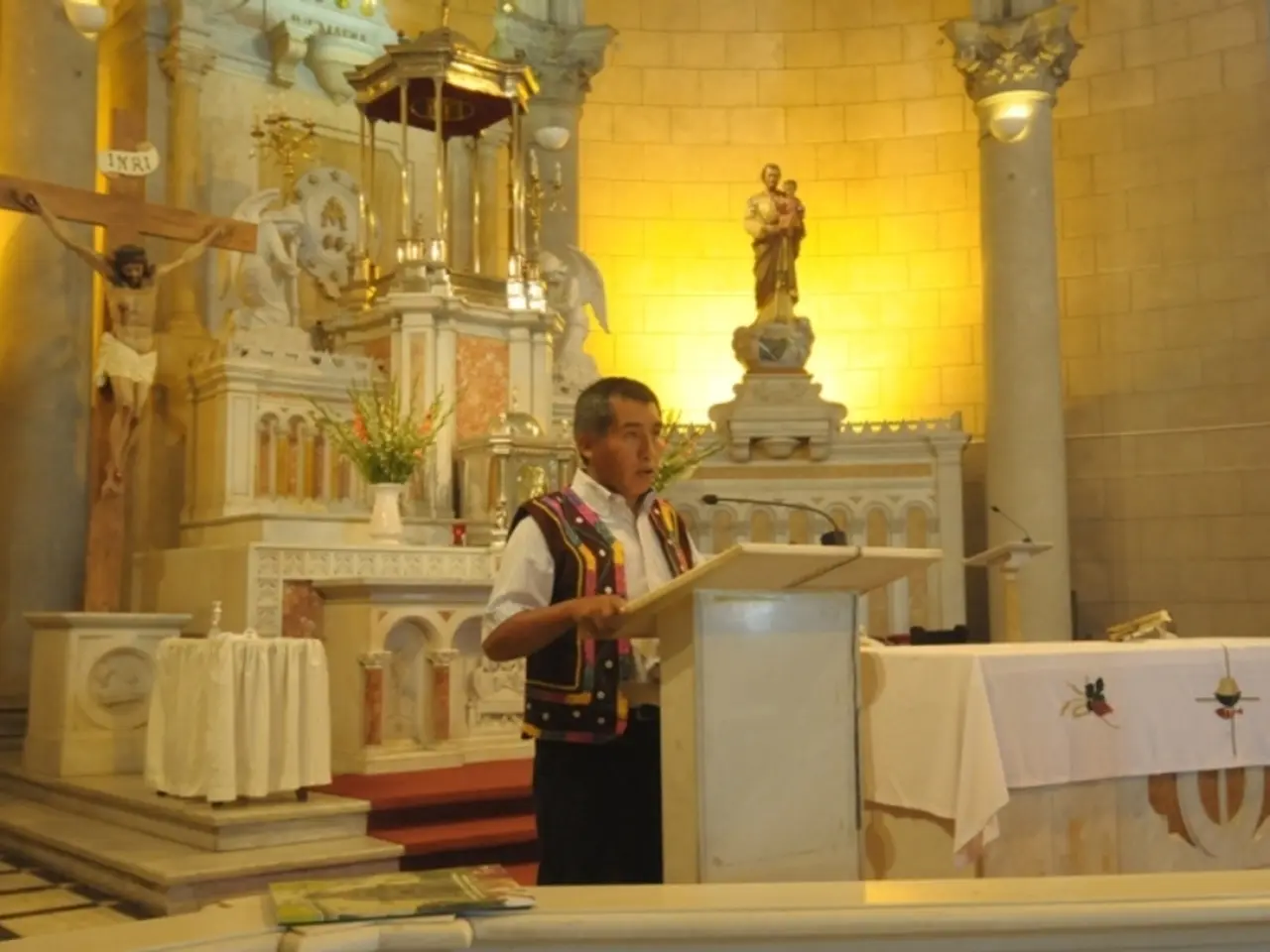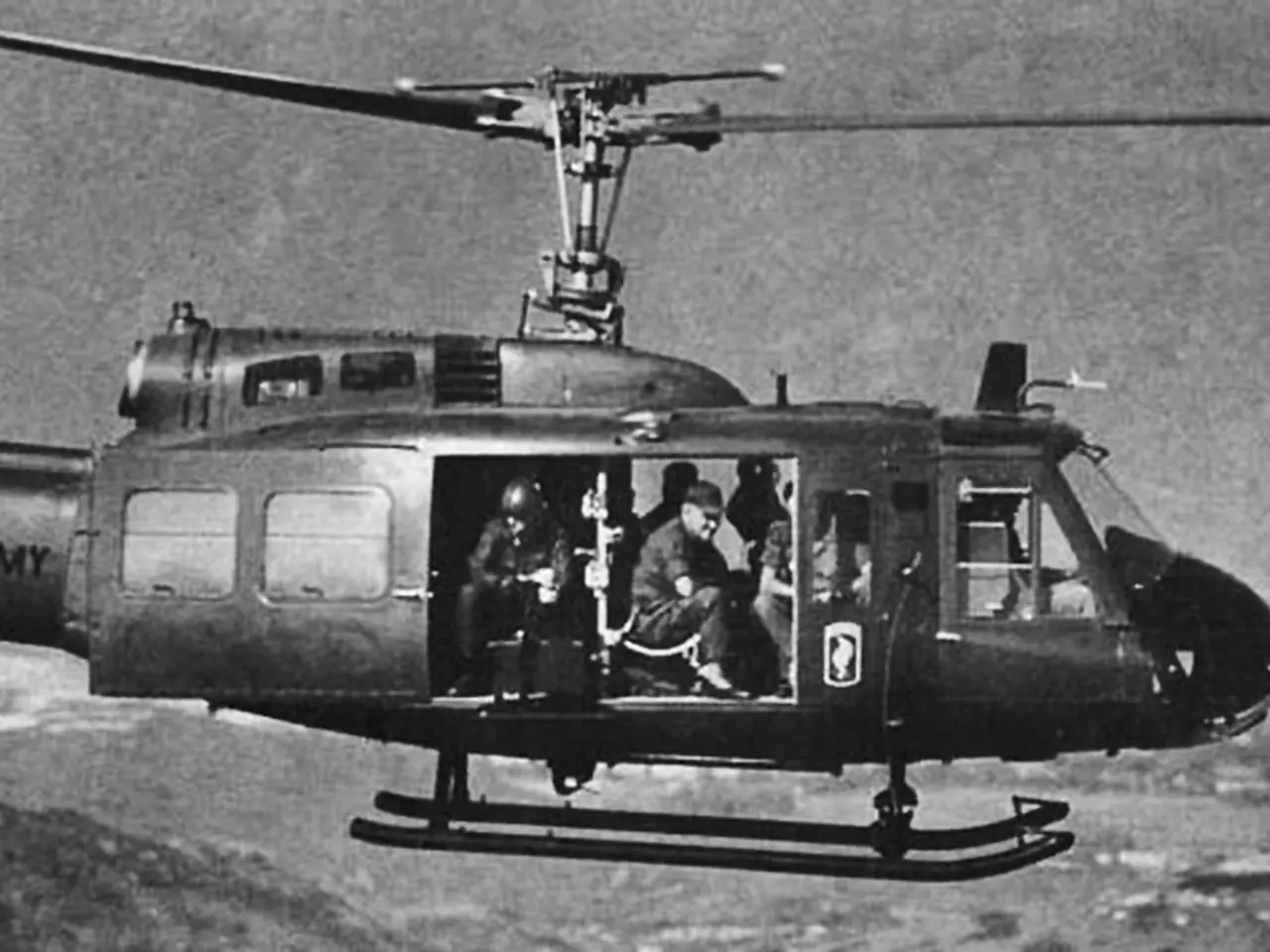Moving Refugees Across the Brenner Pass on May 18, 1945
In the immediate aftermath of World War II, hundreds of Italian prisoners of war and forced laborers, who had been held captive or forced into labor in German and Austrian territories, began their long-awaited journey home. This return journey, marked by relief and anticipation, culminated at the Brenner Pass, a critical transport route connecting Austria and Italy.
Historically, the Brenner Pass has served not only as a corridor for civilian and commercial transport but also for military and prisoner movements. Given its prominence, it is likely that the returning Italian POWs and forced laborers used this route as a direct north-south corridor for their return.
Transportation during this period would have been primarily via trains and possibly convoys, moving prisoners from camps and labor sites in Austria towards Italy. Repatriation efforts were part of broader postwar arrangements overseen by Allied occupation authorities and involved complex coordination due to disrupted infrastructure and large numbers of prisoners.
Upon arrival in Bolzano, the returnees were fed and provided with necessary aid. From there, they were distributed to various regions across Italy, marking the end of their arduous journey.
Although specific details about this particular route are not extensively documented, historical sources confirm the Brenner Pass's importance as a transport artery for returning soldiers and displaced persons in postwar Europe, supporting its likely use in the repatriation of Italian POWs from Austria.
This account is part of a collection titled "Stories," offering a glimpse into the post-war experiences of Italian displaced persons (DPs) as they made their way back home. The image depicted shows Italian DPs being transported back to Italy in trucks, symbolising the hope and determination that accompanied their return.
[1] Historical Archive of the Italian Army [2] National Archives of Italy [3] United States Holocaust Memorial Museum [4] International Tracing Service (ITS) Archive
- In the history of post-World War II Europe, the Brenner Pass, a strategic transport route between Austria and Italy, is known to have been a significant path for the return of soldiers and displaced persons, including Italian prisoners of war and forced laborers.
- The repatriation of Italian prisoners of war and forced laborers from Austria involved complex coordination under the supervision of Allied occupation authorities, with transportation primarily facilitated by trains and possible convoys, reflecting the broader political and general news context of the time.




